60 pages • 2 hours read
Stephen KingDuma Key
Fiction | Novel | Adult | Published in 2008A modern alternative to SparkNotes and CliffsNotes, SuperSummary offers high-quality Study Guides with detailed chapter summaries and analysis of major themes, characters, and more.
Themes
The Power and Perils of Art
In the novel, art make it a heady, powerful force, capable of healing its practitioners and endangering them.
The therapeutic aspects of art affect multiple characters. When Elizabeth lost language and memory from a traumatic brain injury, she drew pictures to communicate: “She thinks I can make the world on paper. I can draw what the words mean” (110). The process was restorative, helping her remember the names of the objects she sketched, stopping her headaches, and even bringing her back to herself. As Edgar looks into Elizabeth’s memories, he can see that her art allowed her to reclaim her own name and identity: “She thinks I am ELIZABETH” (110). Finding these memories is described as an artistic process, like filling a white page with images. Edgar too experiences similar healing and self-discovery when he paints at Duma Key. The focus required for the activity alleviates his chronic physical pain. He trivializes his art at first, calling it “my new hobby” (59); yet he notes that it “helped in my transition” (59) to health. Eventually, the curative power of art is literalized—Edgar restores Wireman’s eyesight and removes the bullet lodged in his brain by painting a portrait of a younger, pre-injury Wireman.
Related Titles
By Stephen King

11.22.63
Stephen King

1408
Stephen King

Bag of Bones
Stephen King
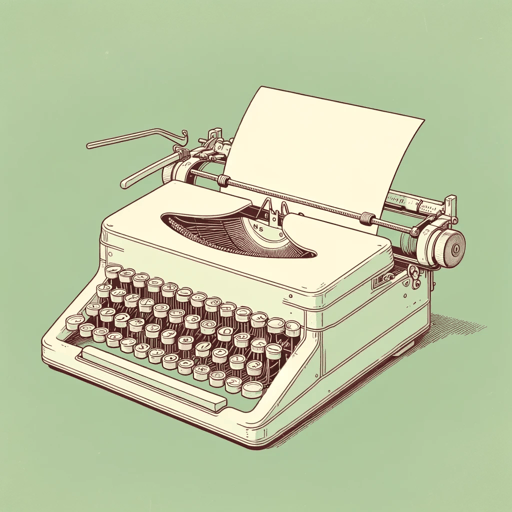
Billy Summers
Stephen King
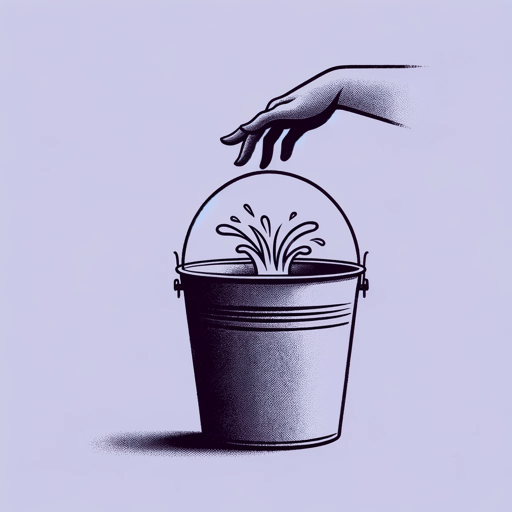
Carrie
Stephen King

Children of the Corn
Stephen King

Cujo
Stephen King

Different Seasons
Stephen King
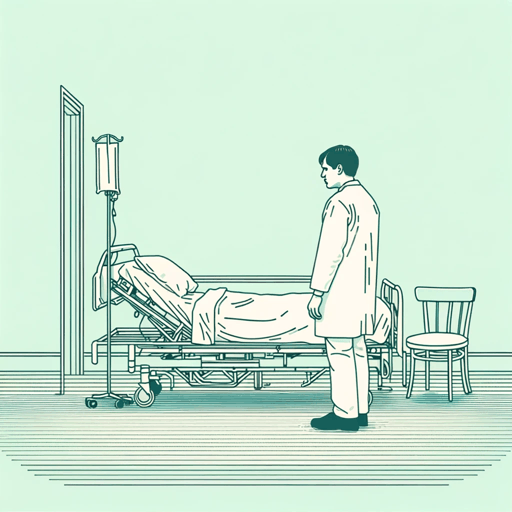
Doctor Sleep
Stephen King

Dolores Claiborne
Stephen King
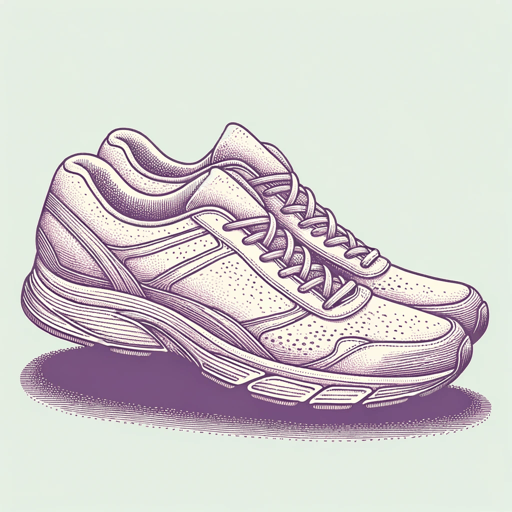
Elevation: A Novel
Stephen King
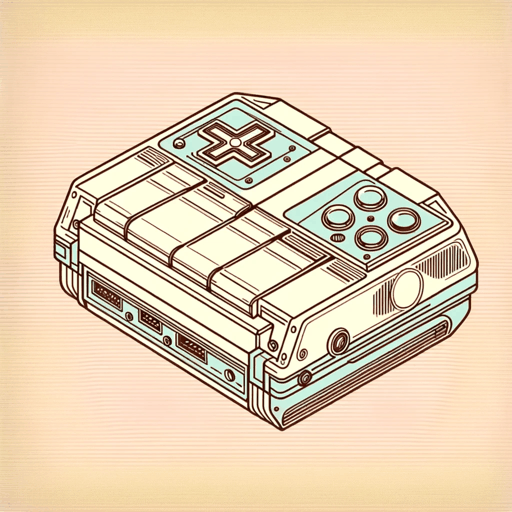
End of Watch
Stephen King
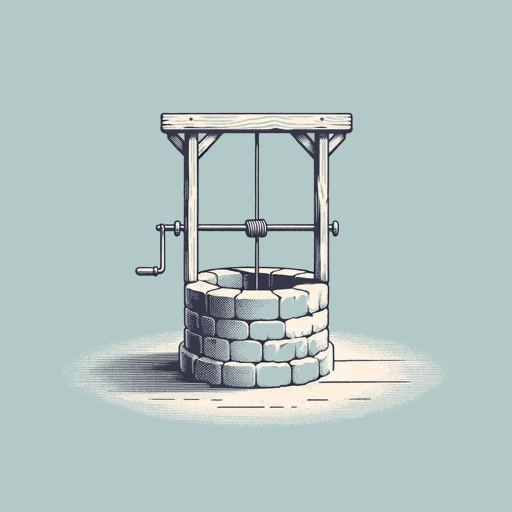
Fairy Tale
Stephen King

Finders Keepers
Stephen King

Firestarter
Stephen King

From a Buick 8
Stephen King

Full Dark, No Stars
Stephen King

Gerald's Game
Stephen King

Gwendy's Button Box
Stephen King, Richard Chizmar

Holly
Stephen King
Featured Collections
Art
View Collection
Beauty
View Collection
Challenging Authority
View Collection
Class
View Collection
Class
View Collection
Daughters & Sons
View Collection
Earth Day
View Collection
Fathers
View Collection
Fear
View Collection
Good & Evil
View Collection
Grief
View Collection
Guilt
View Collection
Hate & Anger
View Collection
Memory
View Collection
Mortality & Death
View Collection
New York Times Best Sellers
View Collection
Power
View Collection
Psychological Fiction
View Collection
Revenge
View Collection
Teams & Gangs
View Collection
The Best of "Best Book" Lists
View Collection

